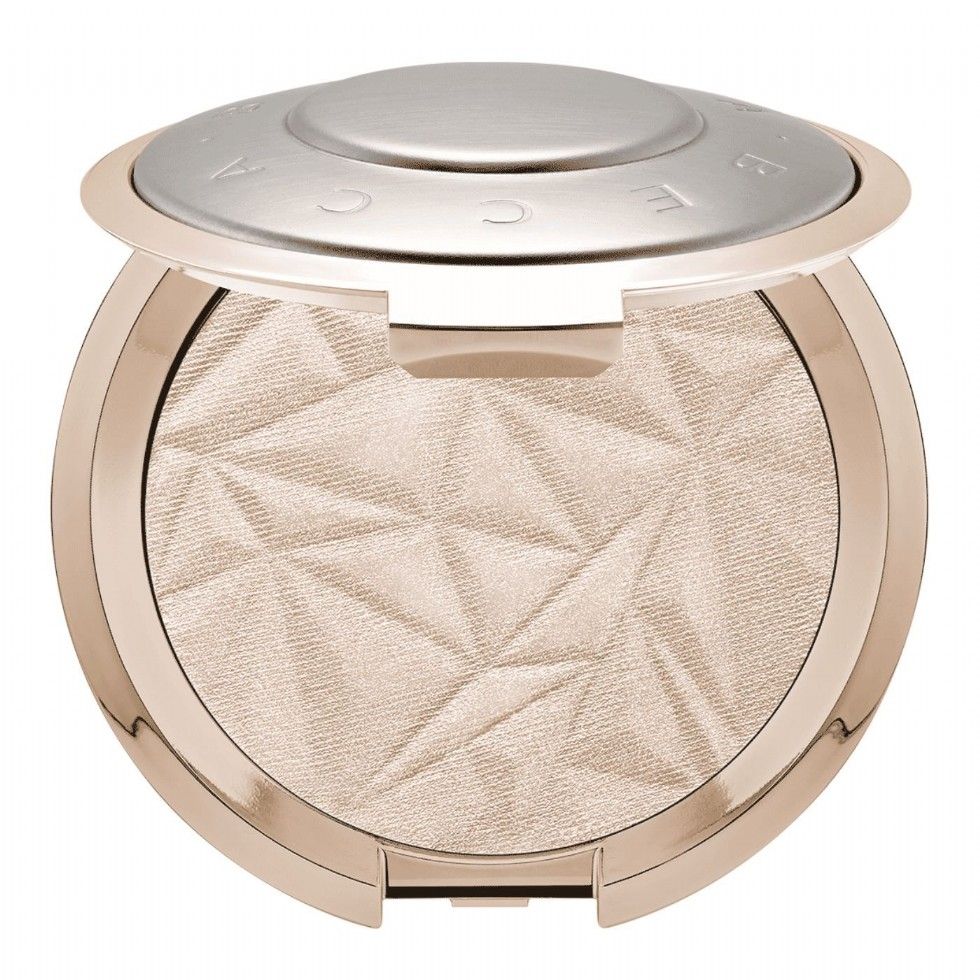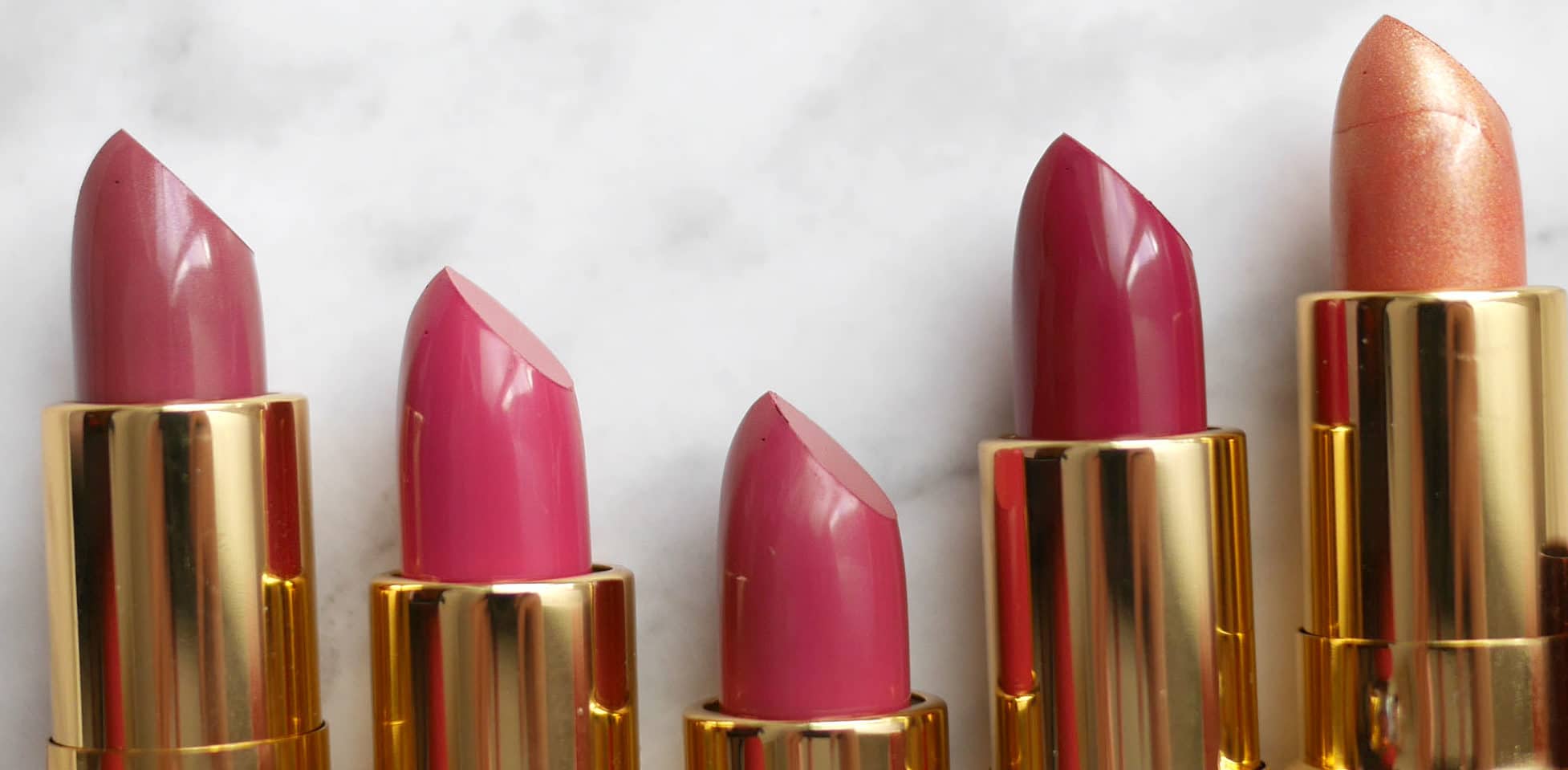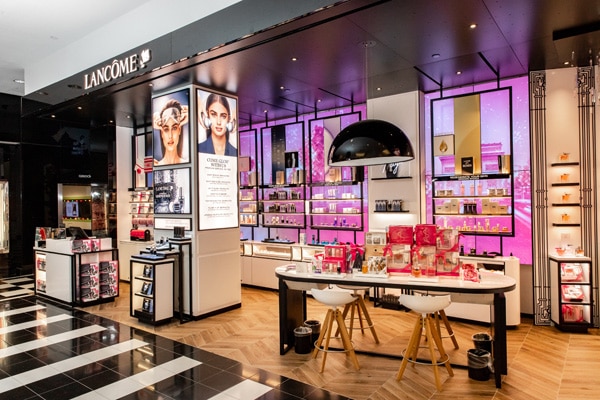In sync with Bloomingdale’s debut this month of a revamped cosmetics floor at its 59th Street flagship, with 75 new brands and 1,100 square feet of additional retail space, the heritage retailer made a modest but interesting investment in its new “Beauty Stylists” program. The purpose? For Bloomingdale’s to further establish an omnichannel beauty experience, which many a retailer from Sephora to Ulta Beauty to Saks Fifth Avenue has signaled is their plan of attack in 2019.
Rather than facilitate cross-beauty brand shopping only in its curated concepts like Space NK, millennial-focused Glowhaus and clean shop Wellchemist, Bloomingdale’s can now encourage shopping across its 200 brands through the stylists in the program. Three stylists were hired for the beauty department’s relaunch (with plans for expansion later this year) and have a dedicated physical space on the 59th Street sales floor. Additionally, for the first time, online customers can book appointments with said stylists on Bloomingdales.com — in the past, appointments could only be made by individual beauty brands.
“It’s the way the customer is shopping today,” said Stacie Borteck, Bloomingdale’s vp and divisional merchandise manager of cosmetics and fragrances. “Our customer wants a seamless online and in-person experience. Our stylists program makes that connection easier.”
The State of Omnichannel Retail in Beauty
Since Amazon upended the brick-and-mortar model, omnichannel has been a buzzword in retail, but beauty players have been slower to embrace the concept. “Beauty was late to e-commerce, because it is so highly experiential and relied so heavily on the consultation aspect and one-on-one advice,” said Simeon Siegel, senior equity analyst at Nomura Securities.
Saks Fifth Avenue launched its online booking feature for in-store beauty appointments in August 2017, in advance of its own revamped beauty experience in May 2018. After the new floor’s debut last year, Saks began sending personalized email notifications to its beauty shopper that have either shopped in-store or online — around 39 different email types are sent a week, from launch reminders to appointment suggestions, said Emily Essner, Saks Fifth Avenue’s svp of marketing and digital. Beauty shoppers currently make up 57 percent of all online appointment requests received by Saks, further emphasizing the retailer’s push for marrying digital with brick-and-mortar in the category. Saks reported that, on a 12-month basis, its omnichannel shoppers spend 1,000 percent more than the online-only shopper and 500 percent more than the offline consumer.
Sephora’s and Ulta Beauty’s respective forays into omnichannel have also been recent. Sephora merged its digital and in-store merchandising teams in September 2017 for what it calls “omnitude.” Though Ulta has been using a newer order management system since 2015 to fuel its omnichannel experience, its store-to-door program, which allows customers to order online in physical locations and have products shipped to their homes, debuted in late 2017. Additionally, its buy-online-pick-up-in-store initiative is still in its nascent phases; currently, it is only available in 47 of its 1,163 locations.
Is Technology the Answer?
“Omnichannel continues to be a moving target in beauty,” said Larissa Jensen, executive director and beauty industry analyst at The NPD Group, who called Amazon’s Go convenience stores and Crate and Barrel’s Connected Store, which uses MobileTotes best-in-class omnichannel retail examples. “A lot of retailers get hung up on the technology piece because that moves so quickly, but Glossier is a perfect example of how showrooms can also mimic online: At the end of a trip, a sales associate pulls together all of your items, just like a shopping cart would online.”
In November 2018, Ulta Beauty made its first-ever digital acquisitions (in artificial intelligence and augmented reality startups QM Scientific and GlamST, respectively) and investments (in digital workflow partner Iterate and online booking tool Spruce) to expand its omnichannel experience. According to Ulta, its omnichannel shoppers spend up to four times more than its single-channel guests, and they frequent stores up to four times more often.
“Our data set and having all things beauty, all in one place, gives us a competitive advantage,” said Prama Bhatt, Ulta’s svp of digital and e-commerce. “We have more insight across a broad customer base, and we want to personalize across all channels for each individual.”
In 2019, Ulta Beauty’s connection of QM Scientific’s AI platform, Quasi, to its own customer data will allow the retailer to send more customized recommendations and messaging through emails and on Ulta.com.
 Moving Beyond Rote Personalization
Moving Beyond Rote Personalization
But more than pure technology plays or even personalized product, beauty retailers have the opportunity to wrap functionality with sophistication, said Jensen. “A [typical] physical retail store does not offer a customized experience for the customer, but there are ways to give her a customized experience in emails and online. If a customer’s last year’s worth of purchases are skin-care [products], then why is she getting email notifications about the latest makeup launch?”
Stephanie Wissink, Jefferies equity analyst, agreed: “Sephora and Ulta are substantially underutilizing the relationship management systems they have and their ability to connect digital to the physical experience,” she said. “They’re doing the systematic things: buy-online, pick up in-store; search from store; user reviews. They use CRMs to tailor marketing to specific market segmentations, but it feels very formulaic.”
A better use of marketing resources would be for these retailers to leverage their expertise as curators of merchandise into content, said Wissink. “Ulta knows my purchase history. Say I bought a highlighter from Becca. There are thousands of content creators uploading content about the Becca brand to YouTube: how to use it, how to try different colors. Why do I as the customer have to make that connection? Why couldn’t Ulta make that connection in an email, with the new products and YouTube videos combined,” she said. “These retailers have the portal permission to curate, but they need to use that permission as a place for connectivity.”
Siegel said beauty retailers like Sephora and Ulta need to make the right technology and marketing investments to not get left behind. It’s not that they not be leaders, he said — more nimble, younger brands can serve that role. “[Sephora and Ulta] revolutionized beauty shopping once,” he said. “Today, their incremental purchases and investments need to stretch to the whole organization.”
Partnering with the Beauty Brands Themselves
As emerging brands and digitally native brands continue to use third-party partnerships to scale — like those with Sephora, Ulta, Bloomingdale’s and Saks Fifth Avenue, leveraging the brand’s know-how can be key for the retailer. (According to Glossy+’s proprietary research panel of industry insiders, 61 percent said the brands they work for are selling through wholesale retailers as part of an omnichannel strategy.)
Natalie Mackey, CEO of The Glow Concept, which owns fast-beauty line Winky Lux, will be sending her head of stores to Sephora sales team meetings beginning this year, so the mega retailer can capture more of the data Winky Lux sees from its existing pop-ups and online site. Third-party partnerships make up 50 percent of the brand’s sales. “We see it as a meeting of the minds,” said Mackey. “We want to give them a ton of data because they allowed us to scale in a way we never could have with online customer acquisition costs and tap a customer we never had before. For us to succeed in an omnichannel way, they have to, as well.”
Wander Beauty co-founder and CEO Divya Gugnani echoed these sentiments: “We know our customer better than anyone else, but because the customer is omnichannel, we have to be,” she said. “For the retailer to get better at omnichannel and knowing the customer, we want to share everything we know.” (The beauty brand sells at Sephora, Nordstrom and Revolve.com.)
If personalization really is the path forward, partnering with the beauty brands themselves allows the retailer to get better with their content curation strategy, too. “A seamless omnichannel experience isn’t just about being frictionless, but it’s also knowing the customer better and delivering on an experience that’s right for her every time,” said Wissink.
This article originally appeared on Glossy.co on January 29, 2019




